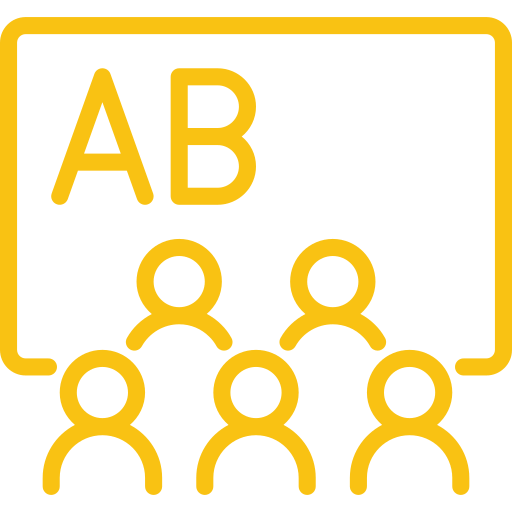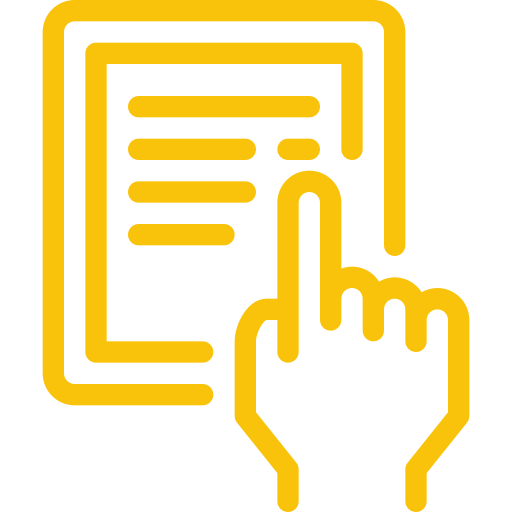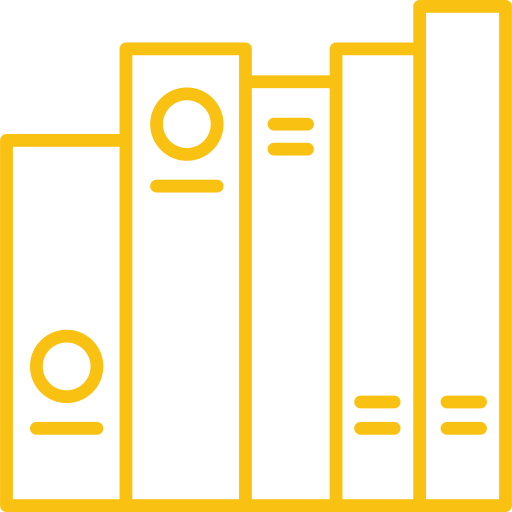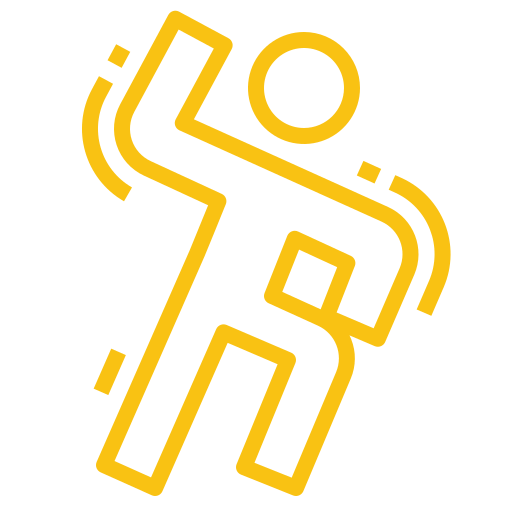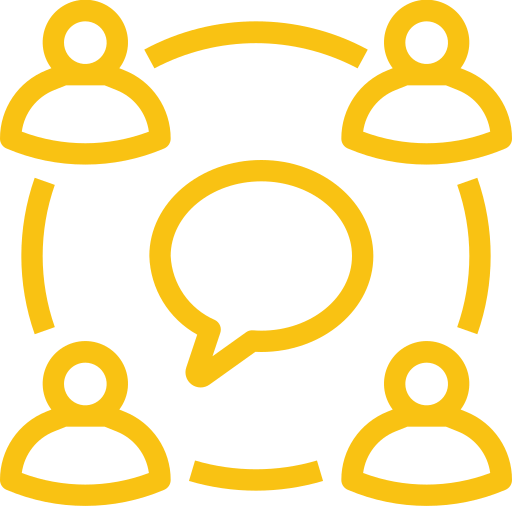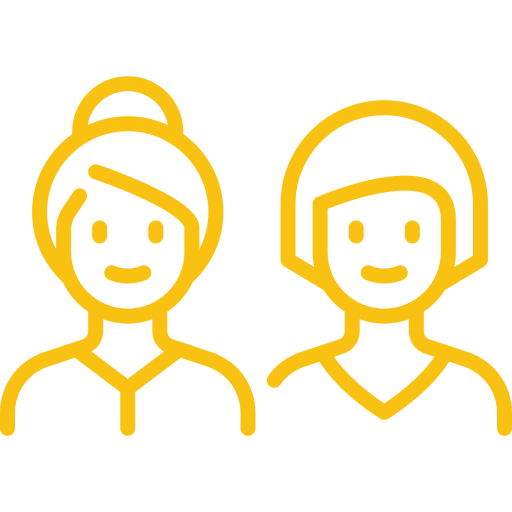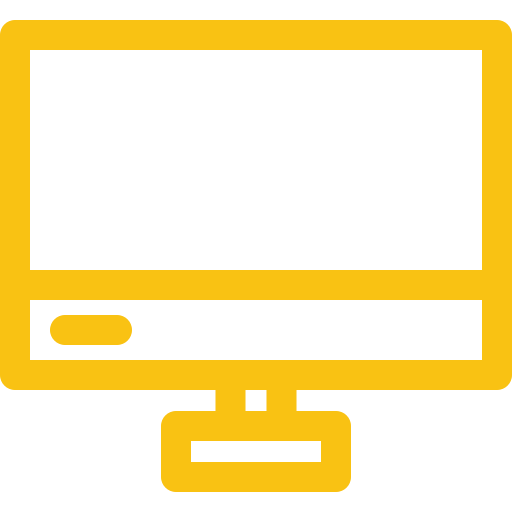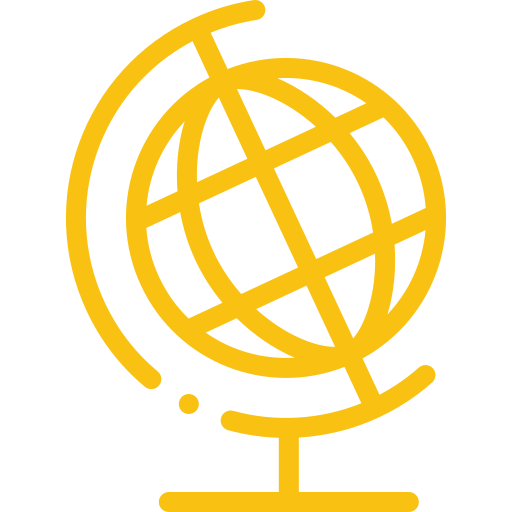Have you considered the transformative power of reflection in education? Reflective teaching is revolutionizing instructional methods by encouraging educators to critically examine their practices. By questioning and refining our approaches, we’re not reinventing the wheel but fine-tuning our existing strategies for better student outcomes. With studies showing a huge return on investment (ROI) for strategic initiatives across various sectors, the reflection process should become an integral part of effective teaching. It’s about enhancing what we already do, making small adjustments that can significantly boost learning achievements.
It’s hard at first to get this done, reflective teaching is tough when you have little to no classroom experience. A new class teacher is usually just trying to keep their head above water. Teachers develop these skills after they learn how to improve their classroom practice.

What is Reflective Teaching?
Reflective teaching is a process that involves looking at what you do in the classroom, thinking about why you do it, and considering if it works. It’s a cyclical approach to teaching that involves self-observation and self-evaluation. By collecting information about what goes on in your classroom and analyzing it, you can identify areas for improvement in your teaching practice. This process of reflection can lead to positive changes and better learning outcomes for your students.
Definition of Reflective Teaching
At its core, reflective teaching means examining your own teaching methods and strategies. It involves asking yourself questions like:
- What am I doing in the classroom?
- Why am I doing it this way?
- Is it effective for student learning?
Through this process of self-reflection, you can gain insights into your teaching practice and find ways to enhance it. Reflective teaching is an ongoing cycle of observing, evaluating, and improving your approach in the classroom.
Benefits of Reflective Teaching
Engaging in reflective teaching offers numerous benefits for both educators and students. By reflecting on your teaching experiences, you can:
- Refine your courses and overall teaching practice
- Identify barriers to student learning and address them
- Develop a wider range of teaching skills and strategies
- Boost your confidence in the classroom
- Gain closure after a challenging semester
Reflective teaching allows you to continually grow and improve as an educator. It helps you adapt your teaching methods to better meet the needs of your students and create a more effective learning environment.
Key Elements of Reflective Teaching
To engage in reflective teaching, there are several key elements to consider:
- Systematically gather information about what happens in your classroom
- Analyze and evaluate this information to identify areas for improvement
- Explore your own teaching practices and underlying beliefs
- Implement changes based on your reflections
- Repeat the reflective cycle to continuously enhance your teaching
By following this process, you can develop a habit of reflective practice that will serve you throughout your teaching career. Reflective teaching is a powerful tool for professional growth and improving student learning outcomes.
“Reflective teaching means looking at what you do in the classroom, thinking about why you do it, and thinking about if it works – a process of self-observation and self-evaluation.” – Tice, British Council
Reflective Practices for Teachers
As a teacher, incorporating reflective practices into your routine can help you continuously improve your teaching methods and better support student learning. Here are some key times to engage in reflection throughout the academic term:
Before the Beginning of the Quarter
Before the quarter begins, take time to reflect on your goals and plans for the upcoming term. Consider questions like:
- What worked well in my courses last term? What could be improved?
- What new teaching strategies or activities do I want to try?
- How can I create a more inclusive and engaging learning environment?
Use your reflections to inform your course planning and set intentions for your teaching practice. This proactive approach can help you start the term off on the right foot.
During the Quarter
Throughout the quarter, make reflection a regular part of your teaching routine. After each class session, take a few minutes to jot down your observations and thoughts. Consider:
- What went well in today’s lesson? What could have been better?
- How did students respond to the material and activities?
- Are there any students who seem to be struggling or disengaged?
By reflecting on your teaching in real-time, you can make adjustments and address issues as they arise. This ongoing process of reflection can help you be more responsive to your students’ needs.
At the End of the Quarter
As the quarter comes to a close, set aside time for a more comprehensive reflection on your teaching experience. Look back on your notes from throughout the term and consider:
- What were my biggest successes and challenges as a teacher this quarter?
- How did my students grow and develop over the course of the term?
- What feedback did I receive from students, and how can I use it to improve?
Use your end-of-quarter reflections to celebrate your accomplishments and identify areas for growth. This reflective practice can help you plan for the next term and continue developing as an educator.
“Effective and reflective educators systematically gather, document, and assess all occurrences during a lesson, transitioning from mere experience to comprehension. This process aids in recognizing and pinpointing areas for improvement, ultimately leading to improved learning outcomes.” – UC Berkeley Center for Teaching & Learning
Reflecting on Your Identities and Position as a Teacher
As you engage in reflective teaching, it’s important to consider your own identities and position as an educator. Your background, experiences, and biases can all shape your approach to teaching and your interactions with students.
Understanding Your Positionality and Intersectionality
Take time to reflect on your own positionality and the various identities you bring to the classroom. Consider factors like your:
- Race, ethnicity, and cultural background
- Gender identity and sexual orientation
- Socioeconomic status and class background
- Ability/disability status
- Religious or spiritual beliefs
Think about how these identities intersect and influence your perspective as a teacher. Recognize that your students also bring their own diverse identities and experiences to the learning environment. By understanding your own positionality, you can be more aware of potential biases and work to create an inclusive classroom that values and respects all students.
Empowering Students Through Reflective Teaching
Reflective teaching isn’t just about your own growth as an educator – it’s also about empowering your students to be active participants in their learning. By modeling reflective practices and creating opportunities for student reflection, you can:
- Help students develop meta-cognitive skills and take ownership of their learning
- Foster a growth mindset and encourage students to learn from challenges
- Create a classroom culture of continuous improvement and lifelong learning
Encourage students to reflect on their own learning experiences, set goals, and provide feedback on your teaching. By involving students in the reflective process, you can create a more collaborative and student-centered learning environment.
“In practicing reflective teaching, teachers look back on and evaluate their teaching, as well as their student’s responses, behavior and successes or failures. In assessing their teaching, teachers become more aware of not only what they are teaching, but also why and how they are going about their teaching (methods and approach).” – Cambridge Assessment International Education
Tools and Techniques for Reflective Teaching
To support your reflective teaching practice, there are various tools and techniques you can use. Here are a few key strategies to consider:
Keeping a Reflective Teaching Journal
One of the most effective tools for reflective teaching is keeping a journal. After each class session, take a few minutes to jot down your observations, thoughts, and questions. You might reflect on:
- What went well in the lesson and what could be improved
- How students responded to different activities or materials
- Any challenges or surprises that arose during class
- Ideas for future lessons or changes to your teaching approach
Over time, your teaching journal will become a valuable record of your growth and development as an educator. You can look back on your entries to identify patterns, celebrate successes, and plan for improvement.
Using the FATE-aligned Tool
The Framework for Assessing Teaching Effectiveness (FATE) is a research-based tool designed to help teachers reflect on their practice. The FATE-aligned tool provides a structured way to:
- Describe your teaching strengths and areas for growth
- Gather evidence of your teaching effectiveness
- Set goals and create an action plan for improvement
By using the FATE-aligned tool, you can engage in a systematic process of self-reflection and gather concrete data to support your professional development.
Conducting Self-Assessments
In addition to using external tools like FATE, you can also conduct your own self-assessments as part of your reflective teaching practice. Consider creating a checklist or rubric to evaluate your teaching in key areas such as:
- Classroom management and organization
- Instructional strategies and activities
- Assessment and feedback practices
- Student engagement and participation
By regularly assessing your own performance, you can identify areas of strength and opportunities for growth. Use your self-assessments to set goals and track your progress over time.
Seeking External Assessments
While self-reflection is crucial, it’s also valuable to seek feedback from others. Consider inviting a colleague or mentor to observe your teaching and provide constructive feedback. You can also gather input from your students through surveys, focus groups, or informal conversations. External assessments can offer fresh perspectives and insights into your teaching practice. Use this feedback to validate your own reflections and identify new areas for growth and improvement.
“Reflective learning includes journal writing, peer reflection, self-reflection, and group discussion under the guidance of teachers.” – CSU Academic and Professional Development
Getting Started with Reflective Teaching
If you’re new to reflective teaching, getting started can feel overwhelming. Here are some tips to help you begin incorporating reflective practices into your teaching routine:
Understanding the Research Behind Reflective Teaching
Before diving in, take some time to learn about the research and theory behind reflective teaching. Explore resources like:
- Academic articles and books on reflective practice in education
- Professional development workshops or courses on reflective teaching
- Online communities or forums for educators interested in reflection
By building your knowledge base, you’ll be better equipped to implement effective reflective practices in your own teaching.
Overcoming Common Misconceptions
There are some common misconceptions about reflective teaching that can hold educators back from getting started. For example:
- Reflection is time-consuming and takes away from other responsibilities
- Reflection is only for novice teachers or those struggling in the classroom
- Reflection is a solitary activity that doesn’t involve collaboration with others
- Only students should be reflective, there’s no reason to have a teacher reflect
In reality, reflective teaching can be integrated into your existing routine and doesn’t have to take a lot of extra time. It’s a valuable practice for educators at all stages of their careers, and can involve collaboration with colleagues and students.
Implementing Reflective Practices in Your Classroom
To get started with reflective teaching, choose one or two simple practices to try out in your classroom. For example:
- Start a teaching journal and write for 5-10 minutes after each class session
- Use a self-assessment checklist to evaluate your teaching once a week
- Invite a colleague to observe your class and provide feedback once a month
- Ask for student feedback as part of the reviewing process
As you become more comfortable with reflective practices, you can gradually incorporate more strategies into your teaching routine. Remember, the goal is to make reflection a habitual part of your professional practice.
“Reflective teaching is therefore a means of professional development which begins in our classroom.” – Tice, British Council
Reflective teaching is a powerful tool for educators at all levels. By examining your own teaching practices, gathering feedback from others, and using that information to make positive changes, you can continuously grow and improve as a teacher. Embrace the process of reflection, and watch your teaching practice flourish.
Key Takeaway:
Jump into reflective teaching by examining your methods, gathering classroom feedback, and using insights to boost learning. It’s a cycle of self-observation and improvement that benefits both you and your students.
FAQs in Relation to Reflective Teaching
What are the 4 parts of reflective teaching?
The four pillars of reflective teaching include observing your own teaching, evaluating its effectiveness, planning for improvements, and applying changes to evolve.
What are the 4 strategies for reflective teaching?
Key strategies for reflective teaching involve keeping a journal, inviting peer observations, recording lessons for self-review, and setting specific goals for personal growth.
What is an example of a reflective teacher?
A reflective teacher is one who constantly asks themselves how they can improve student engagement after each lesson by tweaking the methods or materials used.
What is an example of reflective learning?
An example of reflective learning involves students analyzing their performance on a project to identify strengths and areas needing improvement before the next assignment.
Conclusion
In wrapping things up, remember that at its core, reflective teaching isn’t about doubting every move you make or overhauling successful strategies without cause. It’s far simpler yet profoundly impactful—it’s about taking stock of where we are, understanding where we want our students to be, and bridging that gap with thoughtfulness and innovation. Just as AI has shown us its capacity to enrich lives quietly from behind the scenes—reflective teaching works similarly by subtly enhancing our approach in ways that significantly benefit student learning experiences.
This journey into reflective practice doesn’t end here; it starts anew each day with every lesson planned and taught. The learning process never stops, even for those of us who already have degrees.
If you’re looking to learn more teaching strategies, join us at MTI. We have a wide variety of classes that can help you do just that, while also giving you the credits you need to improve your salary.
